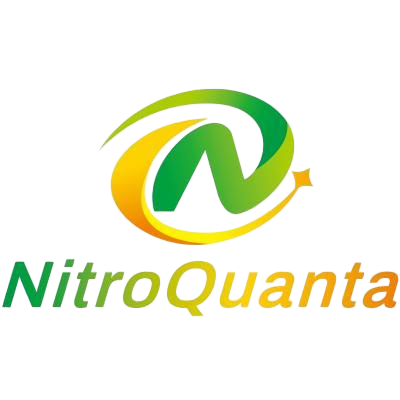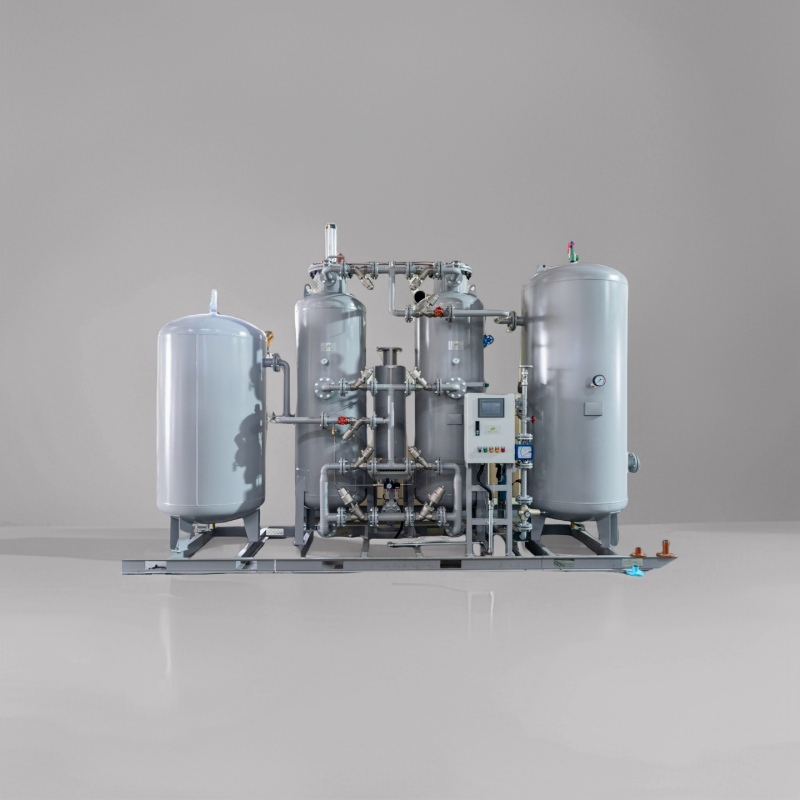Understanding Modified Atmosphere Packaging Technology
Modified Atmosphere Packaging (MAP) represents a revolutionary advancement in food preservation technology, with nitrogen gas playing a central role in extending product shelf life and maintaining food quality. This innovative preservation method has transformed how industries package and distribute food products, ensuring freshness from production to consumption. The strategic use of nitrogen gas food preservation has become increasingly vital in modern food packaging solutions, offering numerous benefits that traditional preservation methods cannot match.
The fundamental principle behind MAP technology lies in altering the atmospheric composition within food packaging. By replacing ordinary air with carefully controlled mixtures of gases – primarily nitrogen – manufacturers can significantly slow down oxidation and microbial growth, two main factors in food spoilage. This scientific approach to food preservation has proven particularly effective across various food categories, from fresh produce to processed snacks.
The Science Behind Nitrogen Gas Preservation
Chemical Properties and Preservation Mechanics
Nitrogen gas serves as an ideal preservation agent due to its unique chemical properties. As an inert gas, it doesn't react with food components, making it perfect for nitrogen gas food preservation applications. The gas effectively displaces oxygen, which is responsible for many degradation processes in food products. This displacement creates an environment where oxidation cannot occur, and where aerobic bacteria – those requiring oxygen to survive – cannot thrive.
The molecular structure of nitrogen also contributes to its effectiveness in food preservation. Its larger molecules help maintain package integrity by preventing collapse or distortion, while simultaneously creating a protective barrier against external contaminants. This molecular advantage ensures that products maintain their shape and appearance throughout their shelf life.
Biological Impact on Food Products
The biological effects of nitrogen gas food preservation extend beyond simple oxygen displacement. The modified atmosphere creates conditions that significantly impact microbial growth patterns. While some microorganisms can survive in low-oxygen environments, the combination of nitrogen with other gases in MAP systems creates an environment that substantially reduces overall microbial activity.
Research has shown that products preserved using nitrogen gas maintain their nutritional value better than those preserved through conventional methods. This preservation of nutritional integrity is particularly important for health-conscious consumers and products marketed for their nutritional benefits.
Implementation of MAP Technology
Equipment and Infrastructure Requirements
Successfully implementing nitrogen gas food preservation requires specialized equipment and careful attention to technical specifications. Modern MAP systems include gas mixers, packaging machines, and quality control instruments that ensure precise gas concentrations. The initial investment in this infrastructure is offset by the extended shelf life and reduced waste it provides.
Proper training and maintenance protocols are essential for optimal system performance. Staff must understand the principles of nitrogen gas food preservation and be equipped to monitor and adjust gas levels as needed. Regular calibration and testing of equipment ensure consistent preservation results across production runs.
Quality Control and Safety Measures
Quality assurance in MAP systems involves regular monitoring of gas mixtures, package integrity, and product quality indicators. Advanced sensors and testing equipment help maintain precise control over the preservation environment. Safety protocols must address both product safety and operator safety, as working with compressed gases requires specific precautions and handling procedures.
Documentation and traceability systems play crucial roles in maintaining quality standards. Each batch must be monitored and recorded to ensure compliance with food safety regulations and to facilitate quick responses to any quality issues that may arise.
Applications Across Food Industries
Fresh Produce and Perishables
The application of nitrogen gas food preservation in fresh produce has revolutionized how we store and transport fruits and vegetables. By carefully controlling the atmosphere around these products, MAP technology can extend shelf life by several days or even weeks while maintaining the appearance, texture, and nutritional value of the produce.
Different produce items require specific gas mixtures and environmental conditions for optimal preservation. For instance, leafy greens might require different nitrogen concentrations than root vegetables or fruits. Understanding these requirements enables producers to customize preservation protocols for maximum effectiveness.
Processed and Packaged Foods
In the realm of processed foods, nitrogen gas food preservation offers exceptional benefits for products like snacks, baked goods, and ready-to-eat meals. The technology prevents rancidity in fatty foods, maintains crispness in snack products, and extends the shelf life of prepared meals without the need for additional chemical preservatives.
The packaging design must accommodate the specific requirements of different food products while ensuring that the modified atmosphere remains stable throughout the product's shelf life. This might involve selecting appropriate packaging materials and determining optimal gas mixtures for each product type.
Future Developments and Innovations
Emerging Technologies
The field of nitrogen gas food preservation continues to evolve with new technological advancements. Smart packaging systems that can monitor and adjust gas levels in real-time are under development, promising even more precise control over preservation conditions. These innovations could revolutionize how we approach food preservation and storage.
Research into sustainable packaging materials compatible with nitrogen gas food preservation is also advancing rapidly. These developments aim to balance effective preservation with environmental responsibility, addressing growing consumer concerns about packaging waste and sustainability.
Sustainability and Environmental Impact
The environmental implications of nitrogen gas food preservation are increasingly important in today's sustainability-focused market. While the technology requires energy for gas production and packaging systems, its ability to reduce food waste provides significant environmental benefits. The extended shelf life of products means fewer products are discarded due to spoilage.
Industry leaders are working to optimize nitrogen generation and usage efficiency, reducing the environmental footprint of preservation systems while maintaining their effectiveness. These efforts include developing more energy-efficient equipment and implementing recycling programs for packaging materials.
Frequently Asked Questions
Is nitrogen gas food preservation safe for consumption?
Yes, nitrogen gas food preservation is completely safe for consumption. Nitrogen is an inert gas that makes up 78% of the air we breathe. The gas doesn't react with food products and dissipates naturally when packaging is opened, leaving no residue or harmful effects on the food.
How long can food be preserved using nitrogen gas?
The preservation duration varies depending on the food type, but nitrogen gas preservation can extend shelf life significantly. Fresh produce might gain several additional days to weeks, while processed foods can maintain quality for months or even years when properly packaged with nitrogen gas.
What types of food can be preserved using nitrogen gas?
Nitrogen gas preservation is versatile and can be used with many food types, including fresh produce, meat products, dairy items, snack foods, baked goods, and ready-to-eat meals. Each food category requires specific gas mixtures and packaging conditions for optimal preservation results.

